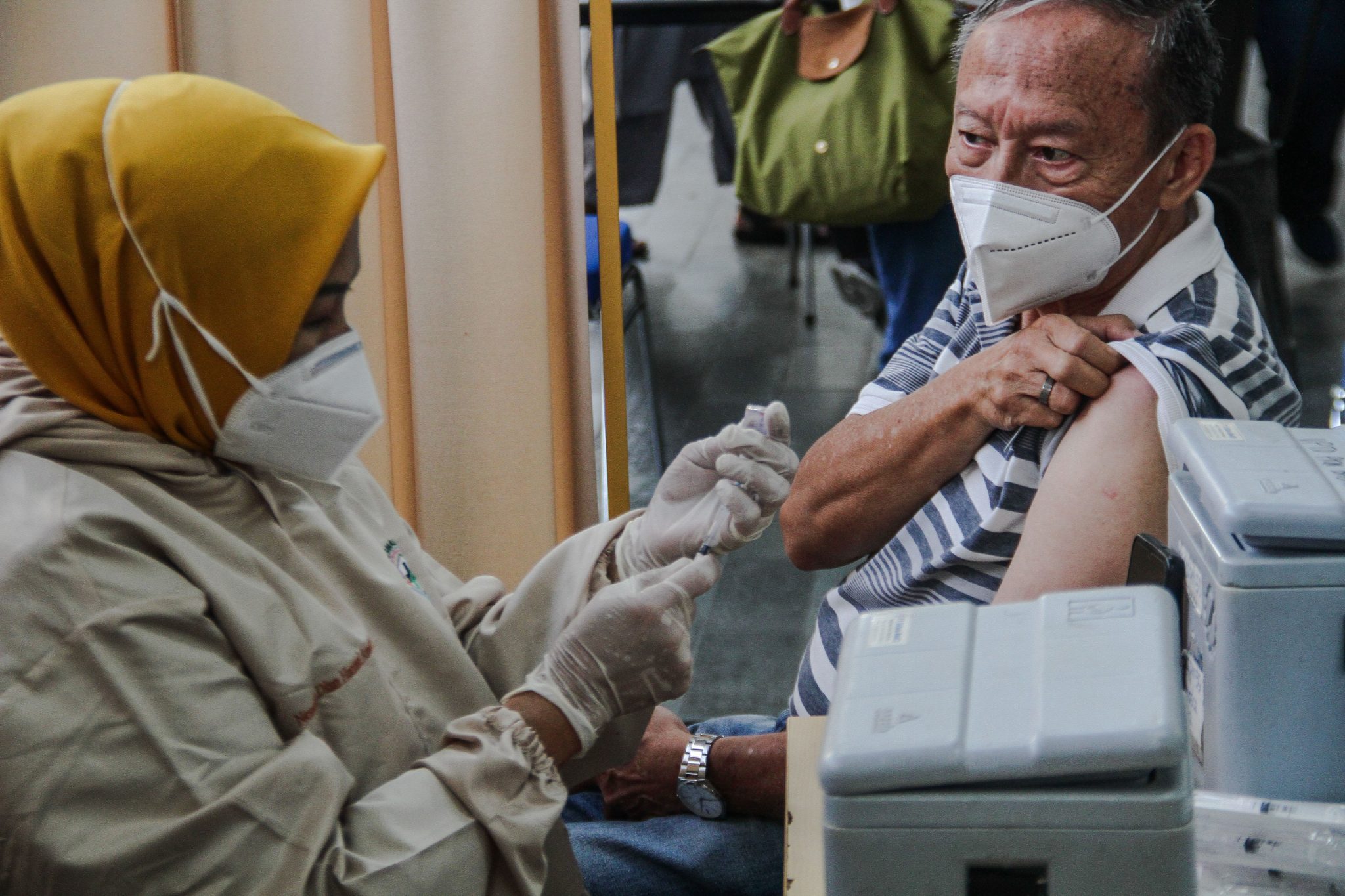Authors: Darmawan Prasetya and Eka Afrina, The Prakarsa Centre for Welfare Studies
In July 2022, the Indonesian government introduced the Standard Inpatient Class (KRIS) system in several hospitals nationwide. The system comprises regulations related to room facilities, which could improve the standards, security and comfort of healthcare services.
The current three-tiered class-based system — under which healthcare treatment is split into three classes with varying monthly premiums that determine the ward a patient receives — will be nullified. Monthly contributions for class one and two members of the Jaminan Kesehatan Nasional (JKN), Indonesia’s national health insurance scheme, will also be reduced.
With the goal of achieving universal healthcare coverage, the introduction of the standard system seems promising. But this change only scratches the surface of the issue, since the KRIS mainly focusses on health amenities. To achieve health equity, the government must address a bigger issue — the high out-of-pocket (OOP) expenditure on healthcare. Indonesia’s OOP expenditure is far above international standards and other countries in the region.
Indonesia’s OOP expenditure made up 34.76 per cent of total health expenditure in 2019. This percentage is higher than the World Health Organisation’s (WHO) recommended maximum of 20 per cent. Indonesia’s total healthcare spending per capita is also low — ahead only of countries with far lower per capita national incomes like Cambodia, Myanmar and Laos. The average OOP healthcare expenditure of low- and middle-income countries in 2019 was 35.25 per cent. Indonesia’s OOP was only slightly above this figure and still far from the 13.26 per cent average in advanced economies.
The costs of pharmaceuticals and healthcare services are the main contributors to high OOP in Indonesia. For example, even though the JKN covers the costs of medication for people with intellectual disabilities, there are still challenges in accessing the right medication.
The JKN rarely covers the cost of the full dosage. In some cases, the JKN only covers the cost of a week or a fortnight’s worth of medication. The JKN usually covers the cost of less expensive medicines that have more side effects, while more expensive medicines, with mild side effects, are not covered or only partially covered.
Long waiting times for treatment are still a hurdle to receiving proper healthcare. Patients who need surgery face an average wait time of between a fortnight and a month, if not more. This means many JKN members choose to get treatment outside the JKN system — forcing them to pay OOP and potentially eroding their income and savings.
The main cause of high OOP expenditure for medicines and healthcare services is the low Indonesia Case Base Groups (INACBG) rates. Under the JKN system, hospitals receive payments based on the average amount spent (the INACBG rate) on a diagnosis or medical procedure.
Multiple studies have found that the costs of medical procedures are usually higher than capitation (the fixed payment to doctors based on the number of patients) and INACBG tariffs. The problem is that INACBG tariffs have not changed since 2016. This restricted resource means that healthcare providers have limited medical resources and supplies and healthcare professionals receive low salaries.
In response, the Indonesian government is currently debating an increase in INACBG rates to overcome prolonged underfunding issues. But increasing INACBG rates will also raise capitation rates and ultimately exacerbate the current deficit of the Social Health Insurance Administration Body.
To ensure that INACBG rates are increased without raising OOP costs for patients, the government must raise its health expenditure. Indonesia’s healthcare spending is low compared to countries like China and Thailand. China and Thailand spend between 3.5 and 5 per cent of annual GDP on healthcare, while Indonesia’s health expenditure stood at only 2.9 per cent of its GDP in 2019. This figure is not projected to reach the WHO’s recommended 5 per cent until 2027.
Implementing the KRIS system seems like a promising way to achieve equitable access to healthcare as it erases the segmented treatment of patients using the social insurance system. But the system only standardises room facilities and amenities for inpatient treatments, not outpatient treatments. Indonesia still needs to address high OOP expenditure and healthcare underfunding. Healthcare spending should be treated as a long-term investment in human resources.
The Indonesian government must ensure that all people have equal access to healthcare services regardless of their socioeconomic status. Patients must receive necessary healthcare interventions based on their healthcare needs, not their ability to pay. This will reduce health inequity and be a significant step towards universal health coverage in Indonesia.
Darmawan Prasetya is Social Policy Officer at the Prakarsa Centre for Welfare Studies, Jakarta.
Eka Afrina is Research and Knowledge Manager at the Prakarsa Centre for Welfare Studies, Jakarta.





















Discussion about this post